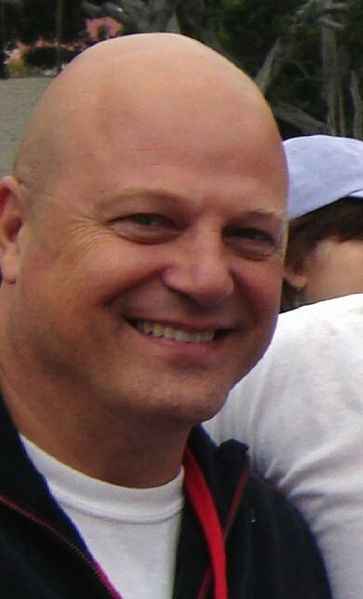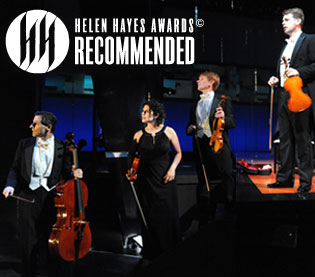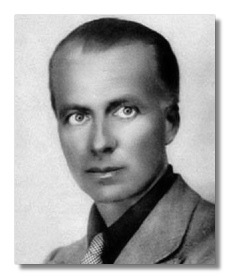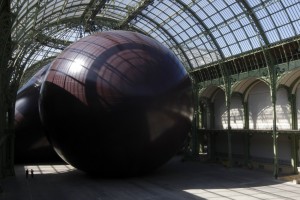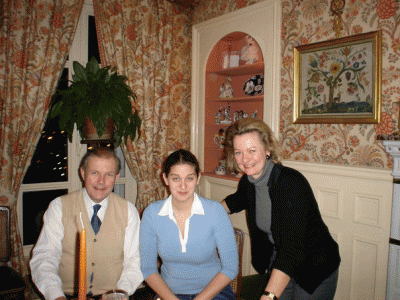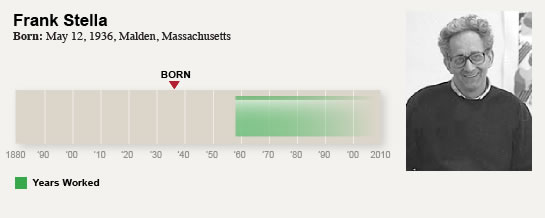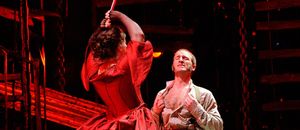
2001 Fall Fringe Festival
The Fringe Festival, now in its 15th season, is a collaboration between the Schools of Music and Theatre and The Opera Institute. Its mission is to produce new or rarely performed works of significance in the opera and theater repertoire, bringing performers and audiences close together in unique theatrical settings.
October 2011
Bluebeard’s Castle
Composer: Béla Bartók
Librettist: Béla Balázs
Based on a French fairy tale by Charles Perrault
Conductor: William Lumpkin
Stage Director: Jim Petosa
Friday, October 7, 8:00pm
Saturday, October 8, 6:00pm and 8:00pm
Sunday, October 9, 2:00pm
Lane-Conley Studio 210
A psychologically probing tale of a young bride’s insistence on opening all the locked doors of her new husband’s castle. Despite his protestations she persists, with disturbing consequences.
Three Decembers
Composer: Jake Heggie
Librettist: Gene Scheer
Based on an original play by Terrence McNally
Conductor: Allison Voth
Stage Director: Tomer Zvulun
Friday, Saturday, October 14,15 at 8:00 pm; Sunday, October 16, 2:00pm and 6:00pm
Lane-Conley Studio 210
This powerful and poignant one act opera explores the painful and complex relationships between a famous actress and her two grown children through three Decembers of their lives (between 1986 and 2006), as they unfold the family’s hidden truths: infidelity, separation, homophobia and aids, tragedy, and loss.
Jake Heggie on Jake Heggie
(Art Song Meets Theatre)
Friday, October 28, 8:00pm
Lane-Conley Studio 210
This evening of staged songs is the culmination of a residency by renowned composer Jake Heggie (Moby Dick, Three Decembers, Dead Man Walking). Mr. Heggie will be at the piano, having coached the repertoire both musically and dramatically. The program, selected from his vast song literature to enhance the CFA year-long theme of VIOLENCE, will include selections from a new cycle on the occasion of the 10th anniversary of 9/11, plus songs on themes of war, spousal abuse, and duets from A Word or a Touch, about the persecution of gays during the holocaust.
The evening will feature singers from The Opera Institute and Vocal Performance degree programs.
Limited seating: Admission is Free, but requires a ticket.
December 2011
Winter Opera Scenes
December 3, 4, Saturday and Sunday at 7:30 pm
Concert Hall, 855 Commonwealth Ave
Singers from the Opera Institute, Opera Theatre and Opera Workshops, with musical and stage direction by opera faculty and guests, perform staged scenes and arias, and a one-act opera from the standard and “not-so-standard” operatic repertoire.
February
FEBRUARY MAINSTAGE
Il Matrimonio Segreto
Composer: Domenico Cimarosa
Librettist: Giovanni Bertati
after The Clandestine Marriage (1766) by George Colman the Elder and David Garrick.
Conductor: William Lumpkin
Stage Director: TBA
February 23 – 26, Thursday, Friday, Saturday at 7:30
February 26, Sunday at 2:00
Boston University Theater, Mainstage
This farcical domestic comedy features arranged marriages, dowries, feuding sisters, tangled circumstances, banishment to convents, and misdirected romantic aspirations. Inspired in part by Hogarth’s painting series “Marriage A-la-Mode,” it lives as a musical bridge between Mozart and Rossini, with both beautiful lyrical melodies, and brilliant challenging ensembles.

March Opera Marathon
March 3, Saturday
March 4, Sunday
Concert Hall, 855 Commonwealth Ave
Please see BU calendar on the web after February 1 for specific times and venues
Now in its third year, the Marathon brings together singers from all opera programs who join forces to present one act operas and operatic and theatrical scenes spaced throughout the weekend. Musically directed and staged by BU opera faculty, guest artists and directing students, this year’s Marathon especially celebrates the 100th birthday of Gian Carlo Menotti.
Free admission
April
APRIL MAINSTAGE
The Dialogues of the Carmelites
Composer: Francis Poulenc
Libretto by Francis Poulenc and Emmet Lavery
from the drama by Georges Bernanos,
based on the novel by Gertrude von Le Fort
Conductor: William Lumpkin
Stage Director: Sharon Daniels
April 19,20, 21, Thursday, Friday, Saturday at 7:30
April 22, Sunday at 2:00
Boston University Theater, Mainstage
A poignant and tragic look at the French Revolution from the viewpoint of a young woman from an aristocratic family who has entered a monastery of Carmelite nuns in Compiegne to deal with her pathological fear of life itself, only to witness the revolution unfold around her. The opera is based on the true story of the thirteen sisters of Compiegne, who defied the dictates of the revolution even after their order was dissolved, by meeting secretly to worship, and were ultimately martyred at the guillotine.
